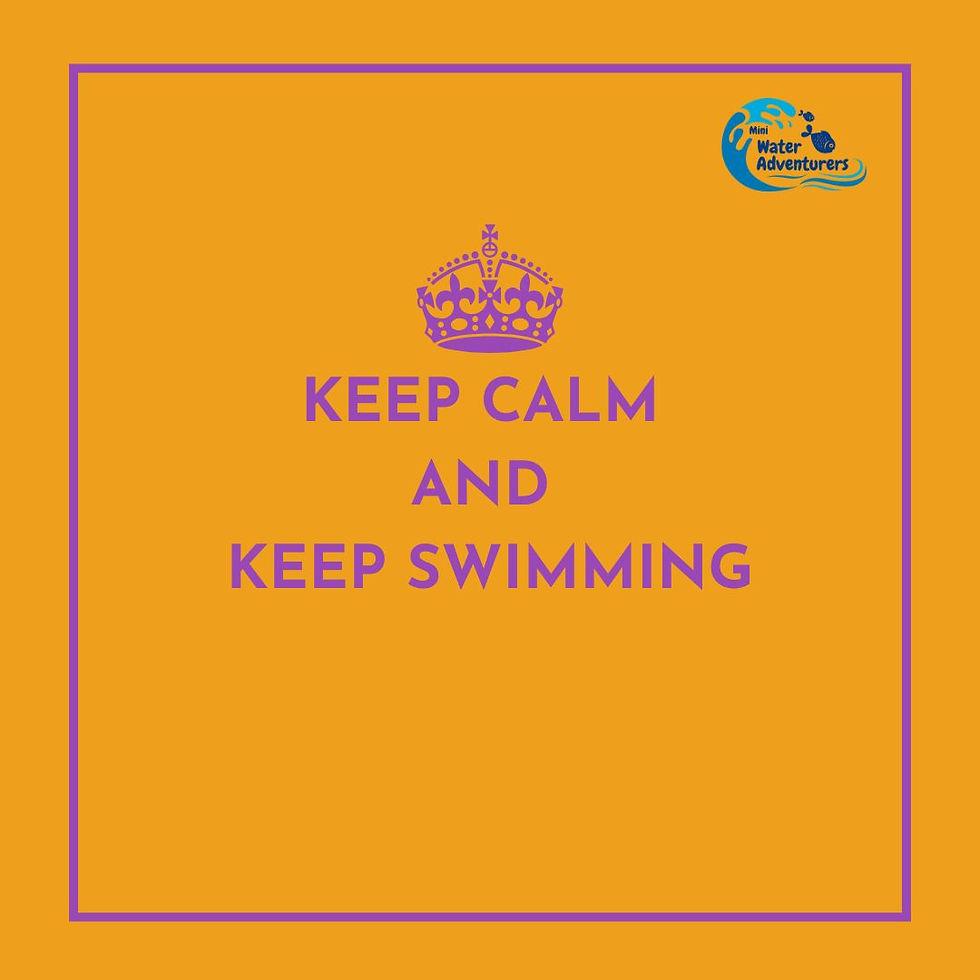Essential Water Safety Tips for Protecting Your Children This Summer
- Helen Hughes
- Jun 9
- 4 min read
Updated: Jul 25
As summer approaches, many of us look forward to days spent by the pool, beach, river, or lake with our children. Water play and swimming are joyful parts of childhood. However, there is an uncomfortable truth we must face as parents — one that could save lives.
👉 Drowning remains the leading cause of accidental death in children.
👉 In the UK, drowning deaths have doubled in the past four years (RLSS UK, 2022–2023).
👉 Tragically, these incidents affect children of ALL ages, not just toddlers.
This is why I’m writing this post — not to frighten you but to empower you. There are many simple, powerful actions we can all take to help protect our children.
Key Statistics Every Parent Should Know
It’s vital to understand the facts about drowning to effectively protect your children. Here are some critical statistics:
👉 Under 5s — 43% of drowning deaths were in children under five.
👉 Teenagers 13–17 — 41% of drowning deaths occurred in this age group.
👉 5–12 year olds — Drowning deaths rose from 3 (2021–2022) to 10 (2022–2023).
👉 Boys — Twice as many boys drown as girls.
👉 At home — Over the past four years:
51 children drowned at home.
35 of these were in the bath — 25 were under 5, 10 were under 1, and 7 were in bath seats.
16 drowned in paddling pools, hot tubs, or ponds.
👉 School swimming — Lessons alone are insufficient:
The percentage of Year 7 children capable of swimming 25 meters has significantly decreased since 2017-2018.
35.4% of primary schools provide fewer than 10 swimming lessons per year.
Many schools struggle to provide qualified swimming instructors, which impacts lesson quality.
Understanding the Implications
It's clear that merely attending a few swimming lessons is not enough to equip our children with the skills necessary for safety in and around water. It's also apparent that risk spans all ages — from infants to teenagers.
As parents, we play a crucial role. This isn't about inducing guilt; it's about promoting awareness and action.
10 Practical Steps for Keeping Your Child Safer Around Water
Here are ten straightforward and practical actions you can take:
1️⃣ Start Early
Begin swimming lessons when your child is young and maintain continuity.
2️⃣ Keep Their Skills Sharp
Don't stop lessons when your child can float or swim 25 meters. Water safety is a lifelong skill that needs reinforcement, especially as children's abilities and risks evolve.
3️⃣ Stay Involved
Don't just drop your child off for lessons. Stay engaged in their swimming journey and understand what they’re learning.
4️⃣ Recognize Real Risks
Be aware that teenagers and boys are particularly vulnerable. Stay engaged with their water activities; don’t assume they're "too old" for lessons.
5️⃣ Don’t Depend Solely on School Lessons
Maintain private or community lessons in addition to school swimming. Inquire about the quality and frequency of your school’s swimming instruction.
6️⃣ Supervise at Home
Always supervise bath time and stay within arm's reach. Remember, bath seats are NOT a safety device. Always empty paddling pools after use, and ensure ponds are fenced and hot tubs covered.
7️⃣ Discuss Water Safety with Your Child
Teach your child about water safety as well as swimming techniques. Help them understand potential dangers in a calm and clear manner.
8️⃣ Be Cautious While on Holiday
Holiday environments introduce new risks. Research local water hazards and supervise your children closely. Avoid using inflatables in open water.
9️⃣ Advocate for School Improvements
Engage with your child’s school. If they are struggling with swimming instruction, encourage them to reach out to local swimming teachers for assistance rather than reducing lessons.
🔟 Model Safe Behaviors
Treat water with respect and demonstrate safe behaviors around pools, beaches, and open water.
Embracing the SWIM SAFE Approach
One of the most effective methods to enhance your child’s safety and confidence in water is to adopt the SWIM SAFE approach:
🌊 S — Supervision and Shared Understanding
Stay present and attentive around water. Ensure your child understands their role in their own safety.
🌊 W — Water Safe Habits
Instill habits like checking for risks, always swimming with an adult, and respecting open water using life jackets when necessary.
🌊 I — Incremental Skill Development
Guide your child's swimming progress stage by stage — from water confidence to effective swimming and safety skills.
🌊 M — Movement with Purpose
Encourage purposeful movement in the water, not just floating or playing aimlessly. This builds skills that are essential in real-life situations.
🌊 S — Safety Skill Practice
Regularly practice essential safety skills like floating, rolling to breathe, climbing out of water, and treading water — these are just as important as swimming strokes.
🌊 A — Active Play for Preparedness
Utilize fun activities to prepare children for unexpected situations. Games that mimic real-life water challenges build adaptability and resilience.
🌊 F — Family Education
Involve the entire family, including siblings and caregivers, so everyone understands how to be water-wise and model safe behaviors.
🌊 E — Education and Advocacy
Stay informed about water safety yourself, and advocate for improved swimming and safety education in your community and schools.
Conclusion: Be Proactive for Summer Safety
None of us can eliminate every risk — but by staying informed and engaged, we can significantly reduce them.
As summer approaches, please:
💙 Keep your children actively swimming.
💙 Stay vigilant around all water — both at home and in public spaces.
💙 Discuss swimming provisions with your child’s school.
💙 Participate in your child’s swimming development.
💙 Create Water Wisdom and SMART Swimmers for life.
Together, we can help protect more children and nurture a generation that truly understands, respects, and loves water.






Comments